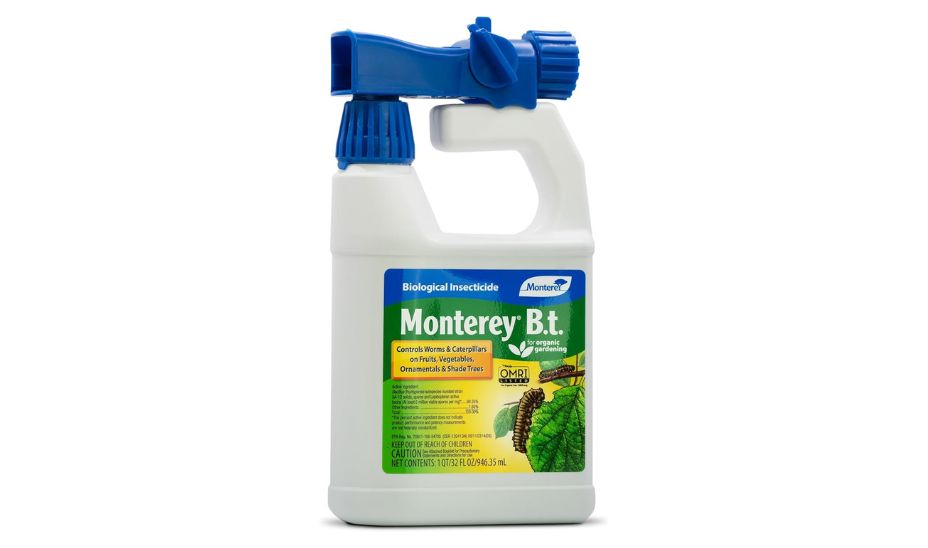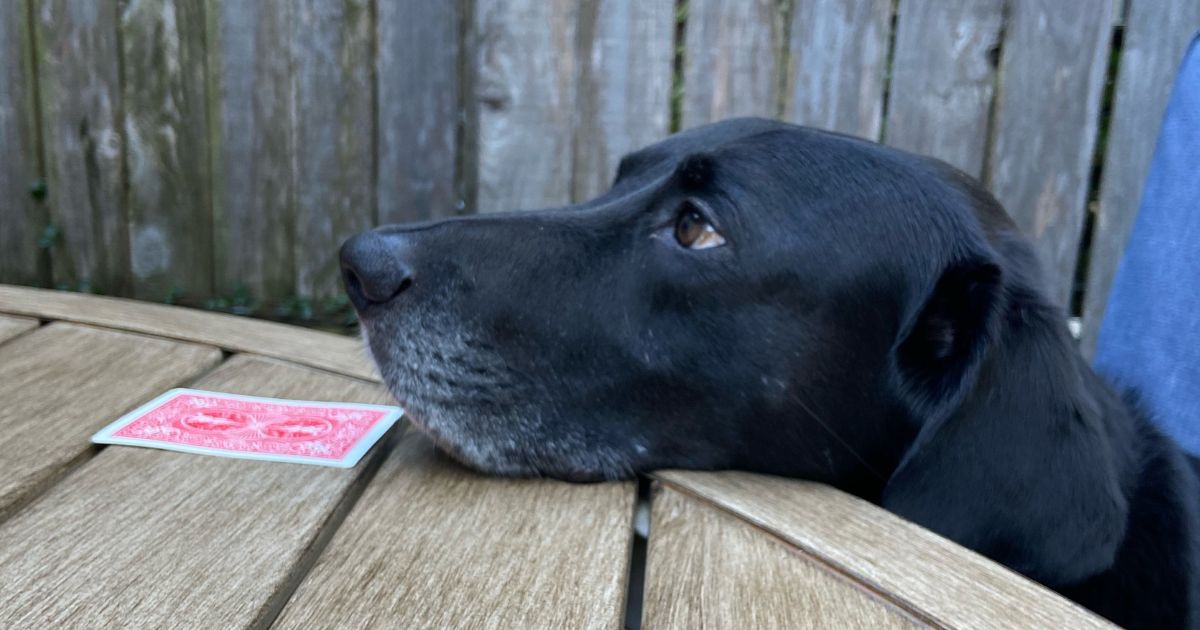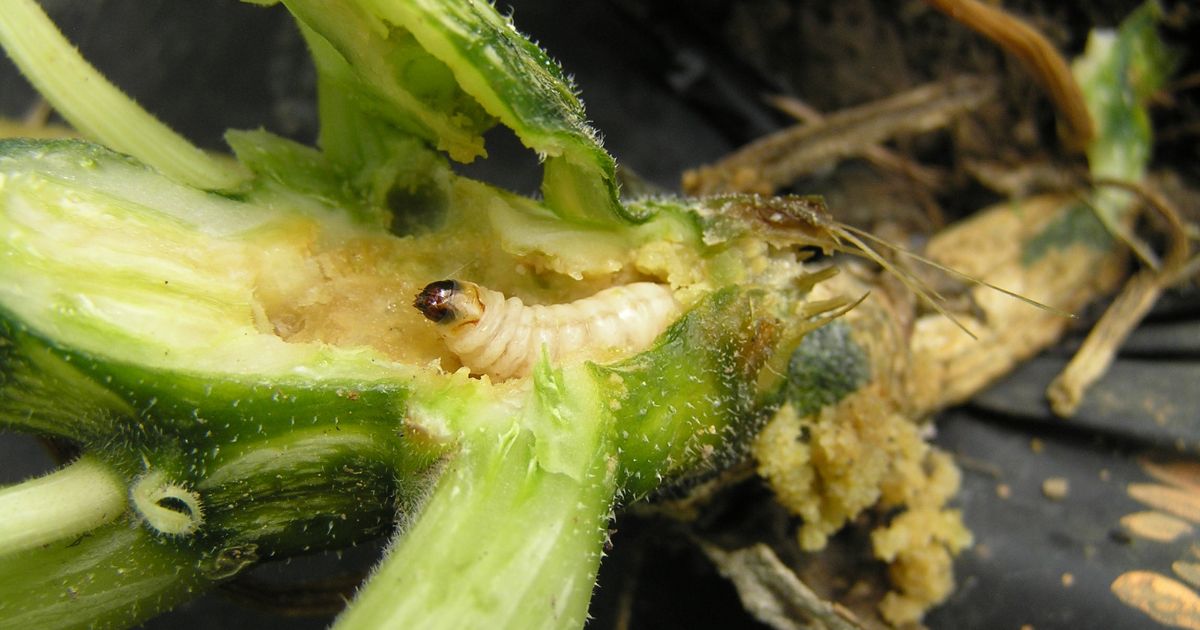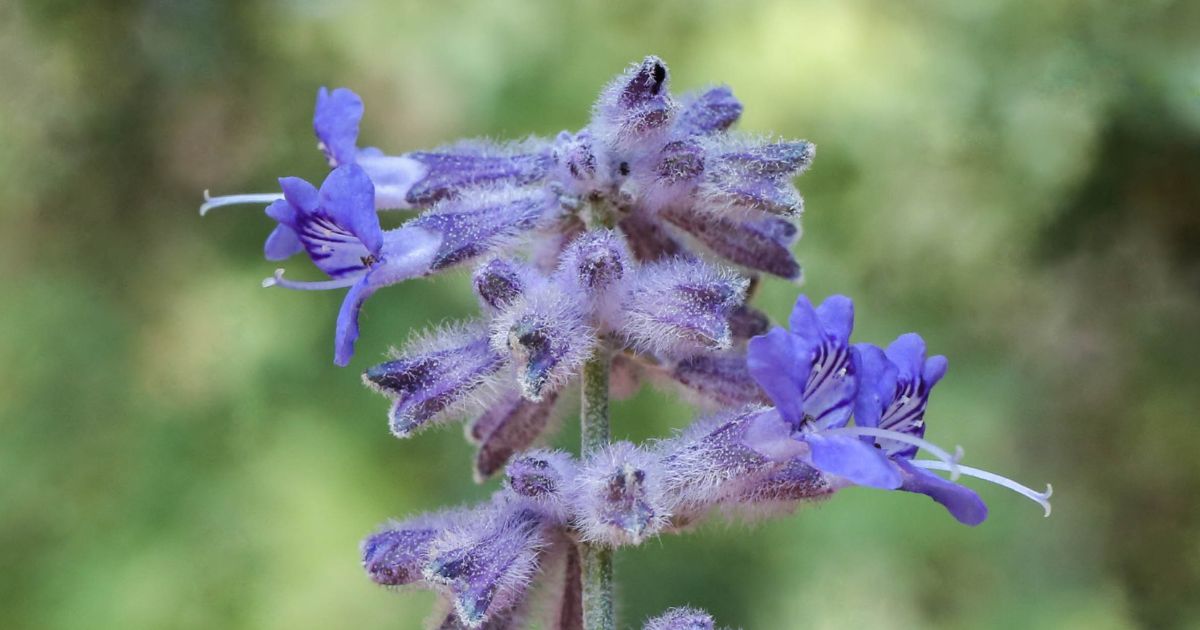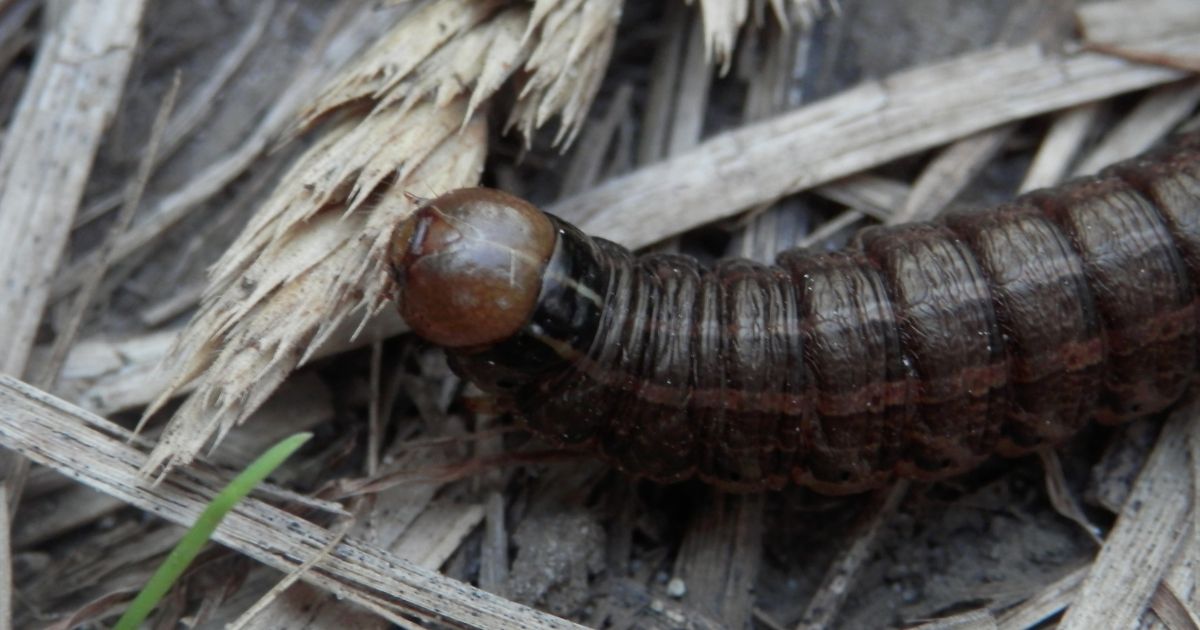
Cutworms in Garden: Identification and Natural Solutions
Cutworms are destructive garden pests that can wreak havoc on young plants by severing stems at the base. This guide will help you identify the signs of cutworms, explore how to get rid of cutworms naturally, and recommend the best insecticide for cutworms if needed.
What Are Cutworms?
Cutworms are the larvae of various moth species. These caterpillars are typically dull brown, gray, or black and grow up to 2 inches long. Cutworms are most active at night, hiding in the soil or debris during the day. Their name comes from their habit of cutting down young plants at the soil line.
Signs of Cutworms in Your Garden
Early detection of cutworms can prevent significant damage. Here are the most common signs of cutworms:
- Severed Seedlings: Young plants are often cut at the base, causing them to topple over.
- Holes in Leaves: Older cutworms may climb and feed on leaves, creating irregular holes.
- Presence of Larvae: You might find cutworms curled up in the soil near damaged plants.
- Uneven Plant Growth: Missing or stunted seedlings may indicate cutworm activity.
How to Get Rid of Cutworms Naturally
1. Handpicking
Inspect your garden at dusk or dawn, when cutworms are active, and remove them by hand. Drop the larvae into a container of soapy water to kill them.
2. Use Barriers
Protect seedlings with physical barriers to prevent cutworm access:
- Collars: Place cardboard or plastic collars around the base of plants to block cutworms. Ensure the collar extends 2 inches above and below the soil line.
- Row Covers: Covering young plants with lightweight fabric can deter cutworm activity.
3. Introduce Beneficial Predators
Encourage natural predators that feed on cutworms, such as:
- Ground beetles
- Birds
- Parasitic wasps
4. Diatomaceous Earth
Sprinkle diatomaceous earth around the base of plants. This natural substance dehydrates and kills cutworms upon contact. Reapply after rain for effectiveness.
5. Companion Planting
Planting certain species, like marigolds or garlic, can repel cutworms and protect vulnerable crops.
Best Insecticide for Cutworms
When natural methods are not enough, insecticides can help control severe infestations. The best insecticide for cutworms includes:
- Bacillus thuringiensis (Bt): A natural bacterium toxic to cutworms but safe for plants and beneficial insects. Apply Bt to affected areas in the evening.
- Spinosad: This organic insecticide is effective against cutworms and breaks down quickly in the environment.
- Carbaryl: A chemical insecticide that provides effective control but should be used with caution to avoid harming non-target organisms.
Always follow the product label instructions for safe and effective use.
Preventing Cutworms in the Garden
1. Keep the Garden Clean
Remove plant debris, weeds, and other organic matter where cutworms may hide.
2. Rotate Crops
Avoid planting the same crops in the same location each year, as this can reduce cutworm populations.
3. Till the Soil
Tilling the soil before planting exposes cutworm larvae to predators and the elements, reducing their numbers.
4. Monitor Regularly
Regularly inspect plants for early signs of cutworm activity and take action as needed.
Cutworms can be a serious threat to your garden, but with early identification and effective control measures, you can protect your plants. By learning the signs of cutworms, implementing natural remedies, and knowing the best insecticide for cutworms, you can maintain a healthy and thriving garden.
